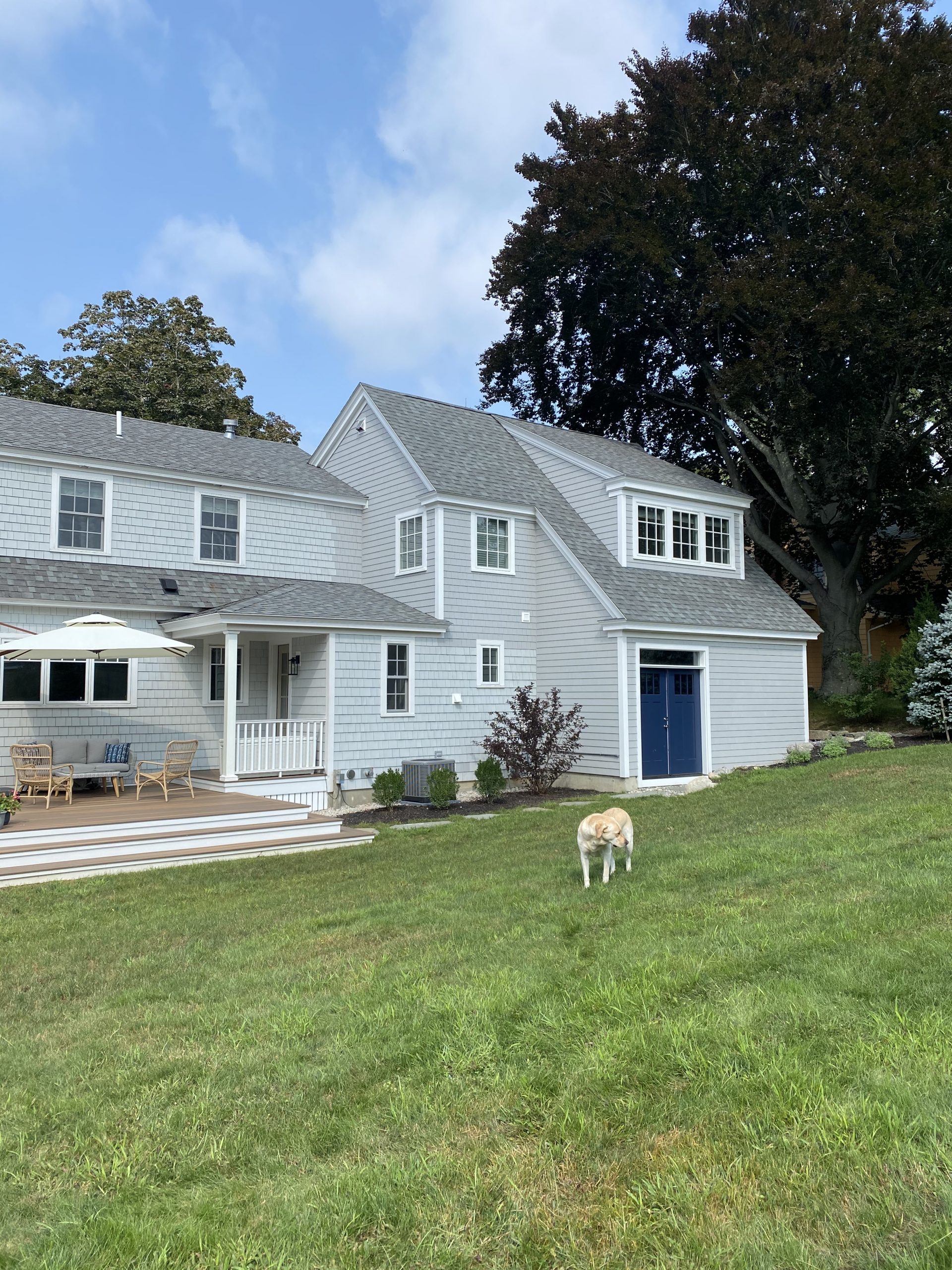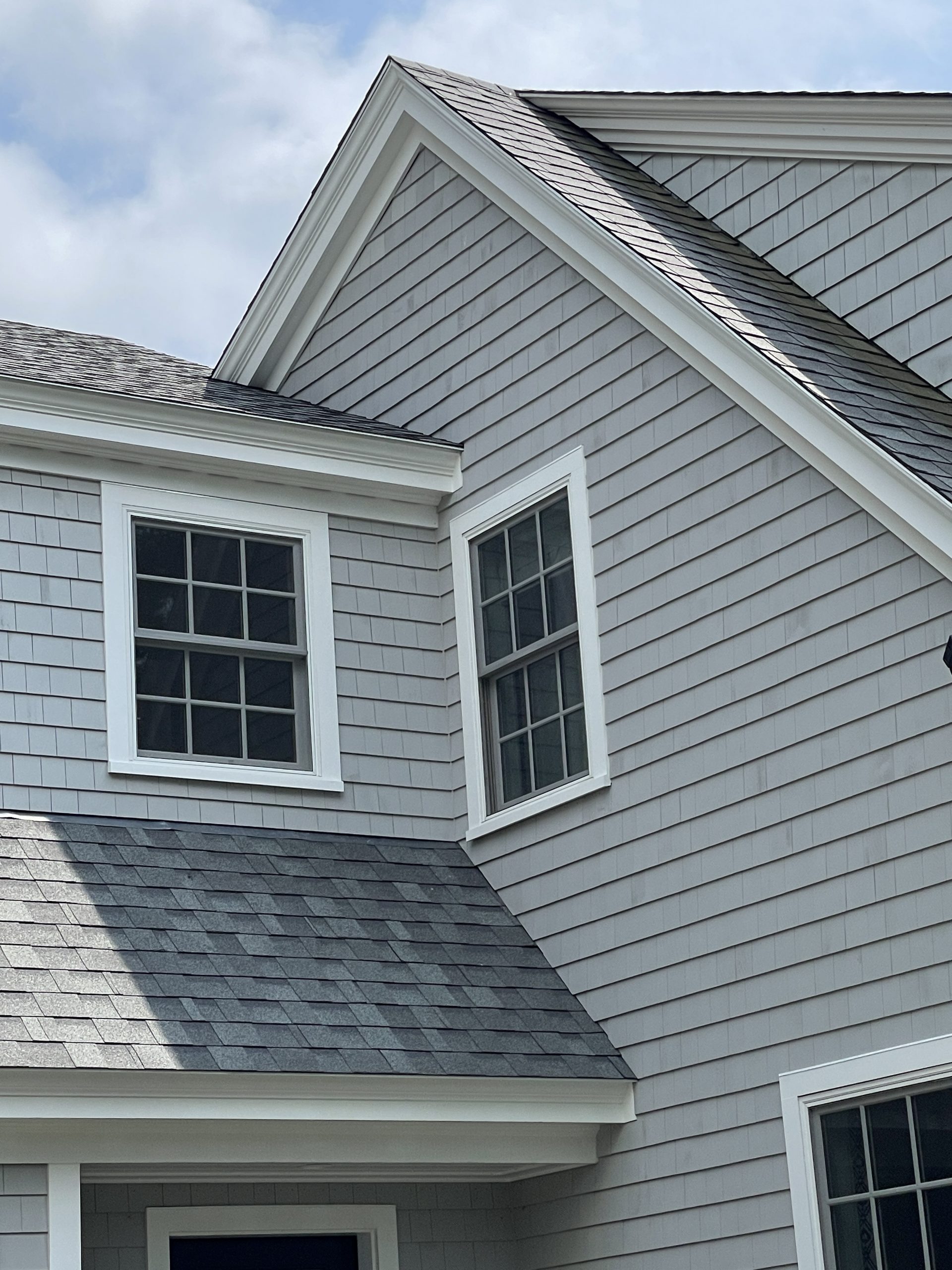;)
;)
;)
Have you ever looked at a house and thought “that looks so weird, something is wrong!” If so, it’s probably the roofline. I’m not going to lie, they are hard. Very hard. So here is the logic behind creating a roofline:
FOOTPRINT
The footprint dictates the wall locations and the walls then create the rooflines. Now, while that sounds simple, it needs to make both structural and logistical sense. Here are things to consider:
- If the wall is extending up, at what height does the roof cover the wall?
- How does the pitch work?
- How do other rooflines interact with each other?
- What are your goals for living space within the roofline?
CONNECTION
With additions, we are marrying an existing roofline to a new roofline. Honestly, this is rarely easy. The rules that we follow are these:
- The main roofline must remain higher than the new roofline
- Windows must have 6” below the sill for snow as well as visual space.
- The roof pitches must match or equal half of the original roofline
WATER + SNOW
Logically, we want water and snow to hit the roof and shed down to a drip edge on the ground, then flow away from the house as fast as possible. Snow and water build-up are very dangerous. So in the winter, be prepared to shovel snow if you have a lot of standing snow.
- A porch or shed roof really must be a 4/12 pitched roof for water/snow to properly flow. Anything lower than that is considered a flat roof and we treat it accordingly with “rubber”. Visually, the 4/12 looks much better.
- Valleys create a pathway for water to escape and we control these with our rooflines.
MATERIALS
- My suggestion is to select your siding first, then the roofing material. For example, if you have grey shingles, black windows, and white trim, you will probably want a dark grey / black roof.
- Metal roofs are very expensive so we will often use them as an accent roof on a front porch or roof over the garage doors.
While rooflines don’t sound very exciting, they are indeed very important and create the entire look and function of the house. So give credit where credit is due and allow time to design these well.
